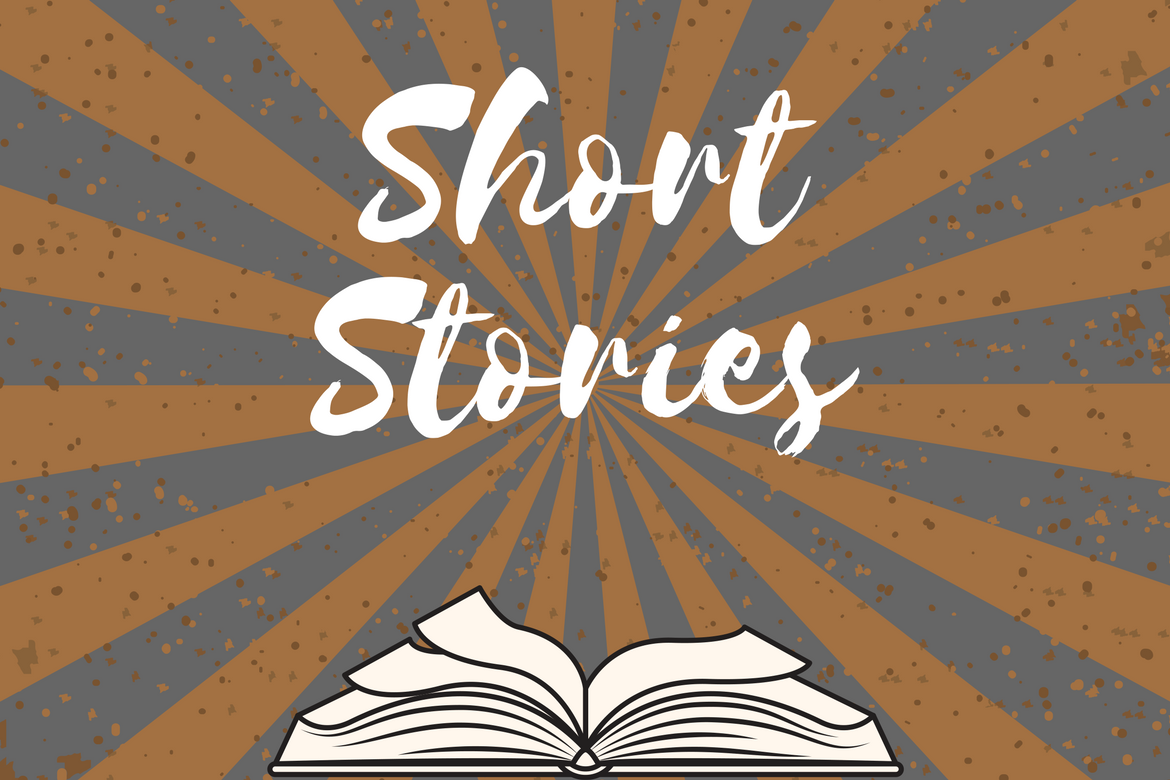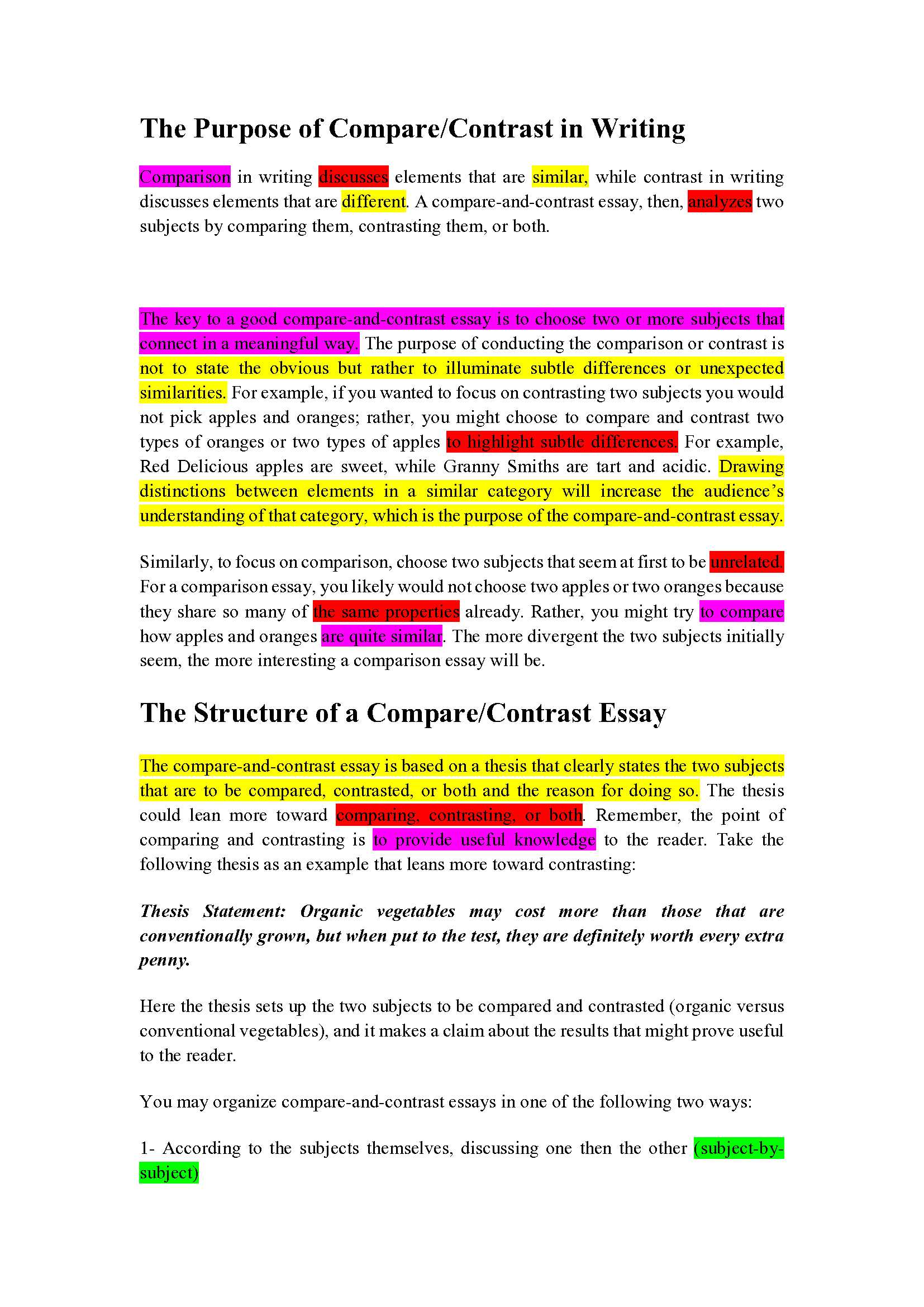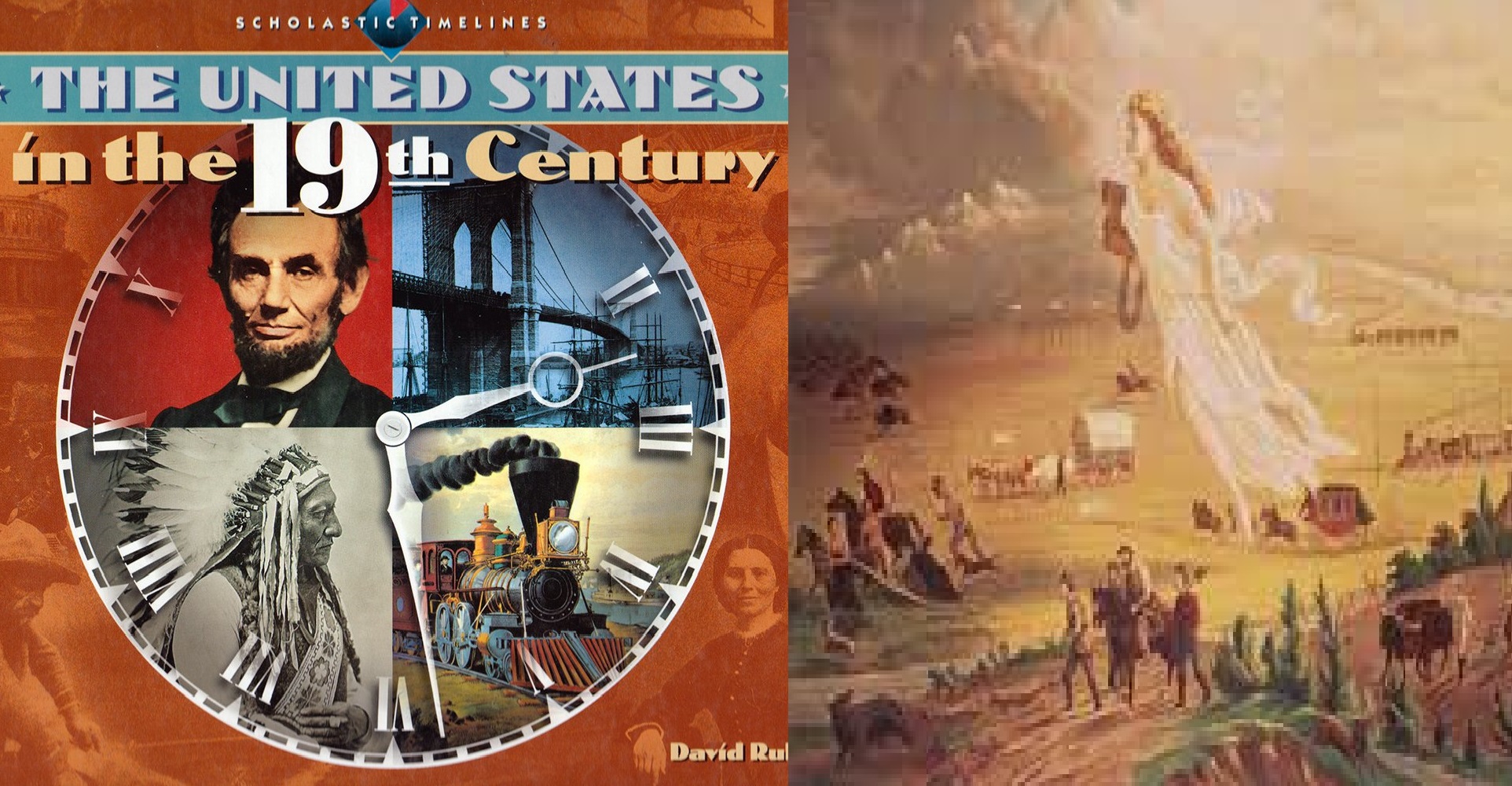- Enseignant: Samira Bousbaa
- Enseignant: Meriem Zeghdoud
IN SEMESTER 2; STUDENTS ARE FURNISHED WITH 6 MODERNIST SHORT STORIES. THEY GET IN GROUPS AND THE WHOLE CLASS PREPARES ALONG EACH GROUP IN READING, ANALYSIS, AND CLASSROOM INTERACTION. THE EVALUATION IS REALLY CONTINUOUS LIKE LITERALLY. THE STUDENTS' PERFORMANCE IS JUDGED DIRECTLY IN CLASS THRU QUESTIONS AND DEBATES ON AND ABOUT THE SHORT STORIES.

- Enseignant: Zakaria Senouci
- Enseignant: Bilal Zennou
Course Description: this course is designed for third year level students as an introduction to English for Specific Purposes. It tackles the past, present and future of specialised courses and research in ESP. It helps students build a solid ground on ESP, its emergence, development and current status. Additionally, it provides vital details on designing specialised courses and following a coherent set of steps to fulfil specialised learners of English in the most efficient and least time and energy-consuming manner.

- Enseignant: Tarek Assassi
Academic writing is an essential skill that helps tertiary level learners to cope with the academic assignments in different courses. Written expression for 3rd year classes is a course that aims to develop particularly students’ essay writing skill. It equips them with the necessary writing mechanics to write an effective essay of different patterns of organization. The course focuses on both parts and types of the essay with intensive practices inside and outside classroom.
Third year Written expression is a tutorial-based course (TD) of a weekly schedule of one hour and a half (1h.30). Its program is thematically divided into two terms. In the first term, students will be exposed to different parts essay writing, namely introductory paragraph, thesis statement, body paragraphs, and concluding paragraph. In addition, it sheds some light on the essential elements of the essay especially coherence, cohesion, unity and completeness. In the second term, students will practice writing some types of essays (methods of development), which include process, classification, cause/effect, compare/contrast and persuasive (argumentative) essay.

- Enseignant: Tarek Assassi
This course introduces major sub-fields in macro-linguistics. These are sociolinguistics, psycholinguistics, applied linguistics, and ELT. It identifies and defines concepts related to these disciplines. Additionally, it traces the emergence of each one of these sub-fields of linguistics, displays their objectives, and elucidates the methods adopted by them. To make the course practical, implications and consequences of the theories inherent to these domains will be discussed. The ultimate objective of this course is to enable students acquire competence in linguistics that goes beyond the theoretical description of language and its relevant internal components.

- Enseignant: Ahmed Chaouki Hoadjli


